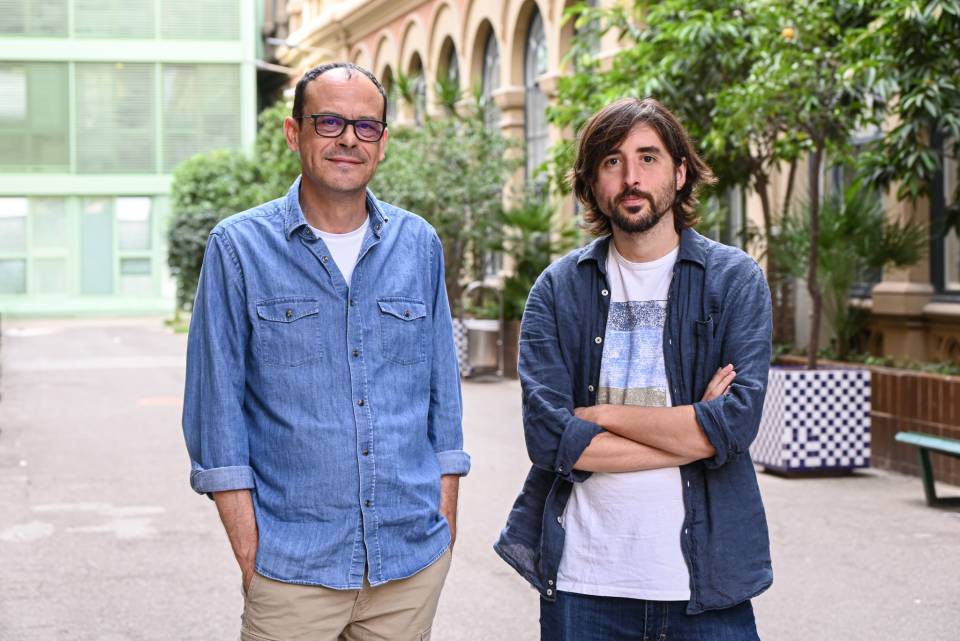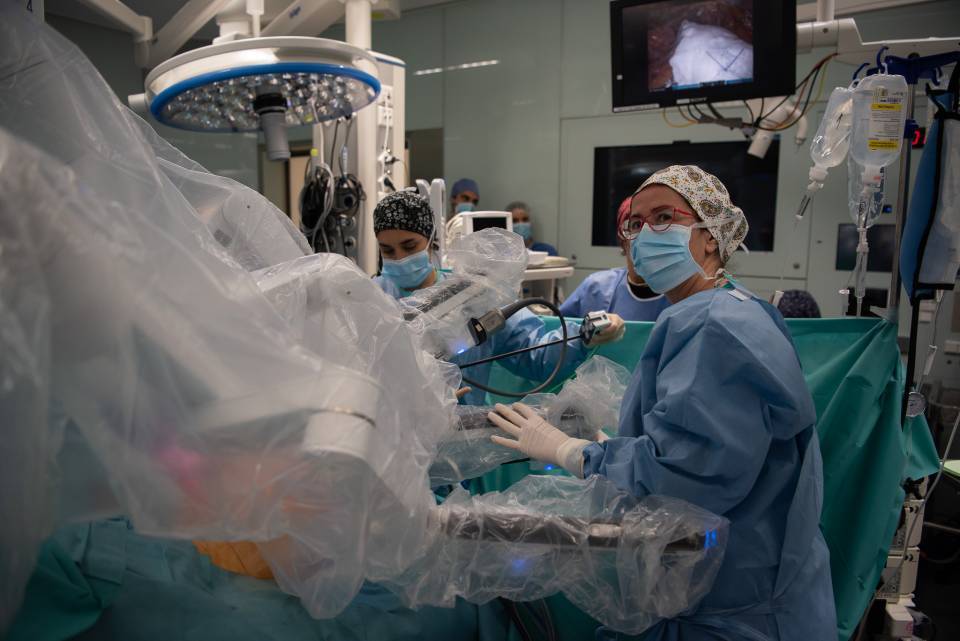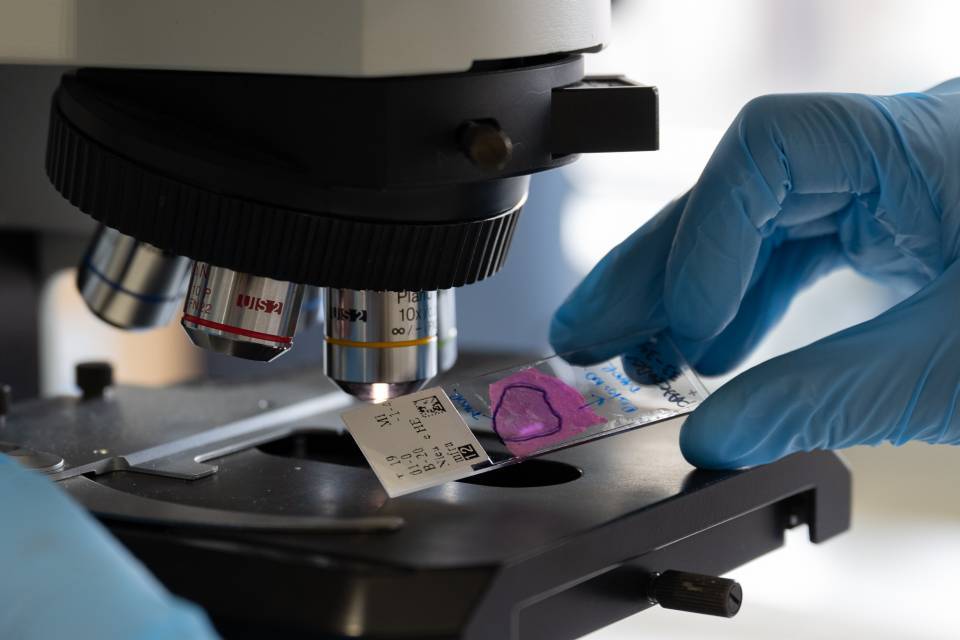They have developed an innovative 3D culture system, called "epithelioids", which makes it possible to simulate the behaviour of epithelial tissue, such as that of the oesophagus, in the laboratory. Thus, they have characterized the phenomenon of cell competition, which confers an advantage to mutated cells over non-mutated cells, and have identified 49 genes that regulate this competition in the oesophageal tissue and that are mutated in oesophageal cancer.
The first authors of the study, published in Nature Genetics, were Albert Herms, currently a researcher in the IDIBAPS Lipid Trafficking and Disease group, led by Albert Pol; David Fernández Antorán and Maria Alcolea, from the Sanger Institute. The experiments in the article were carried out during Albert Herms’ postdoc at the Sanger Institute, and the most recent studies were carried out at IDIBAPS.
Studying mutations in aged tissues
As we age, our cells accumulate mutations. In the case of the oesophagus, most of the cells present mutations at an advanced age, which raises questions about how these mutated cells manage to proliferate and which factors favour their expansion. However, the study of these processes had been difficult until now due to the lack of suitable culture models that would allow for the observation of these phenomena over the long term.
“In order to demonstrate how these mutations affect carrier cells, it is necessary to develop culture systems that remain unchanged for weeks or months”, says Albert Herms.
The creation of an innovative 3D model
The research team developed a primary 3D culture system using mouse oesophagus epithelial cells that can remain active for months without alteration. These “epithelioids” reproduce the structure and function of the oesophageal tissue and can regenerate in the event of experimental “injury”. Unlike other culture models, such as organoids, epithelioids do not need to be manipulated on a weekly basis and can last up to one year, remaining genetically stable.
“This system not only allows us to observe the behaviour of mouse cells, but it can also be applied to human tissues, providing a window of opportunity to study the evolution of mutations in aged tissues”, say the researchers.
New discoveries in the expansion of mutations in the oesophagus
To demonstrate the potential of this new culture system, it was used to study how cells with certain mutations expand in culture, replacing normal cells, in a phenomenon known as cell competition.
Using advanced gene-editing techniques, the effect on the cellular behaviour of most of the genes that have been found mutated so far in sequencing studies of normal human oesophagi, without any pathology, was confirmed. Moreover, 49 additional genes were identified that regulate cell competition in the oesophageal epithelium, and these were found mutated in oesophageal cancer. These results suggest that some of these genes may be mutated in the tissue before the onset of cancer.
This discovery suggests that mutations in certain genes allow the mutant cells to have a competitive advantage, displacing healthy cells before a tumour develops.
What is the applicability of this type of model?
The creation of epithelioids represents a significant breakthrough in research into how mutations affect cell expansion in aged tissues. This relatively inexpensive and long-lasting method offers a crucial tool for identifying the genetic factors that facilitate tissue colonization by mutant cells. In the future, epithelioids could help identify strategies to combat the spread of mutations and prevent the formation of cancer in vulnerable tissues such as that of the oesophagus.
“This study underlines the importance of developing robust experimental models that allow us to better understand the impact of ageing and mutations in human tissues”, concludes Albert Herms.
Study reference:
Herms, A., Fernández-Antorán, D., Alcolea, M.P. et al. Self-sustaining long-term 3D epithelioid cultures reveal drivers of clonal expansion in esophageal epithelium. Nat Genet 56, 2158–2173 (2024). https://doi.org/10.1038/s41588-024-01875-8




